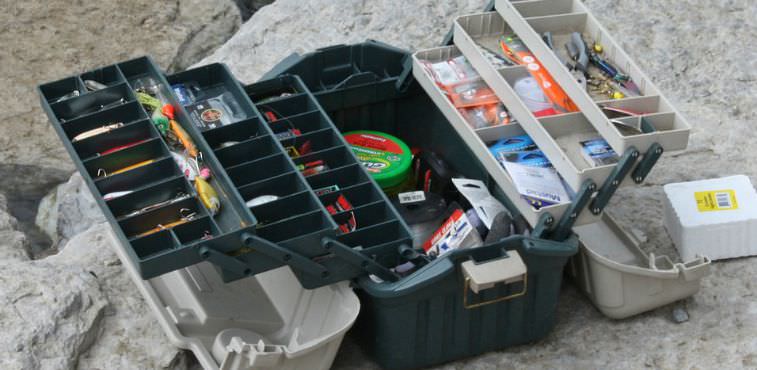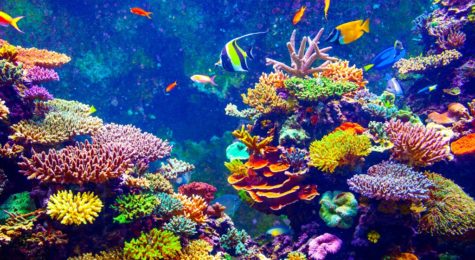Using the Winter Wisely; A Fisherman’s Guide to Pre-Season Preparations
For those of you who have no appetite for ice fishing, you can use winters wisely to prepare your gear and ensure a successful fishing season. This article will help you to use your time productively when you aren’t fishing, so you can catch more fish when you are.
One of the first things you should do during the winter is organize your tackle. Inventory and quality check your hard baits. If any treble hooks are rusted, dull, or bent they should be repaired (if you are capable of doing so) or replaced. Next, check your terminal tackle. Ensure you have enough hooks, weights, and swivels for the entire upcoming season. Then, inventory your soft plastic baits. Finally comes the fun part; remedy your gear deficiencies by going online and purchasing the replacement fishing tackle for next year. The winter is a great time to buy gear because fishing retailers often have sales during the off-season.
Something else to keep in mind is your fishing line. Most people use a monofilament or fluorocarbon fishing line. This line tends to deteriorate quickly but is quite cheap. Monofilament and fluorocarbon lines should be replaced every year to ensure maximum performance. For freshwater bass fishing, you should buy line with 6 to 12 pound test. Braided fishing line, on the other hand, does not need to be replaced as often. I usually replace my braided line every two years. As you may know, braided fishing line can be expensive. To save money, you can unspool your braided line and then respool it so that the section that was previously on the outside of the reel is now on the inside of the reel. This will ensure that you are using fresh line without having to purchase new line. With braided line, the diameter of the line is much smaller than that of mono or fluorocarbon line. This means that you will want to use 20 to 30 pound test braided line because lower test line will be too small to properly feed into your reel.
Finally, winter is the perfect time to begin researching great fishing spots for the upcoming season. Start by reviewing state and local wildlife updates, which will inform you which fishing lakes will be restocked in the spring and which ones will be undergoing maintenance and should be avoided. You may also use this time to look for new places to fish. Google Earth is a great tool to find less well known bodies of water, such as ponds and smaller creeks, that are often replete with small bass.
I hope this helps you start thinking about possible preparations that can be undertaken now to allow you to catch more fish next year.













